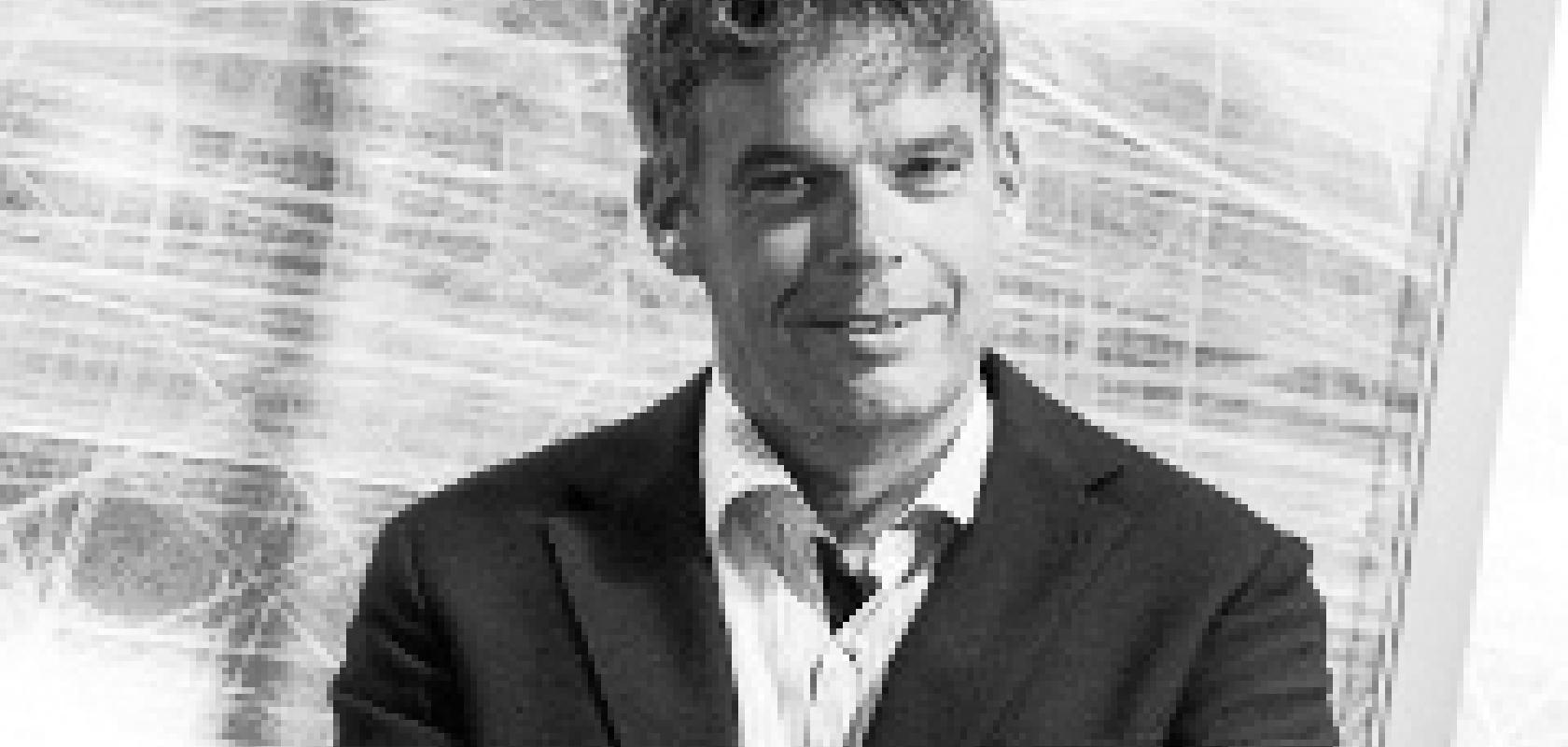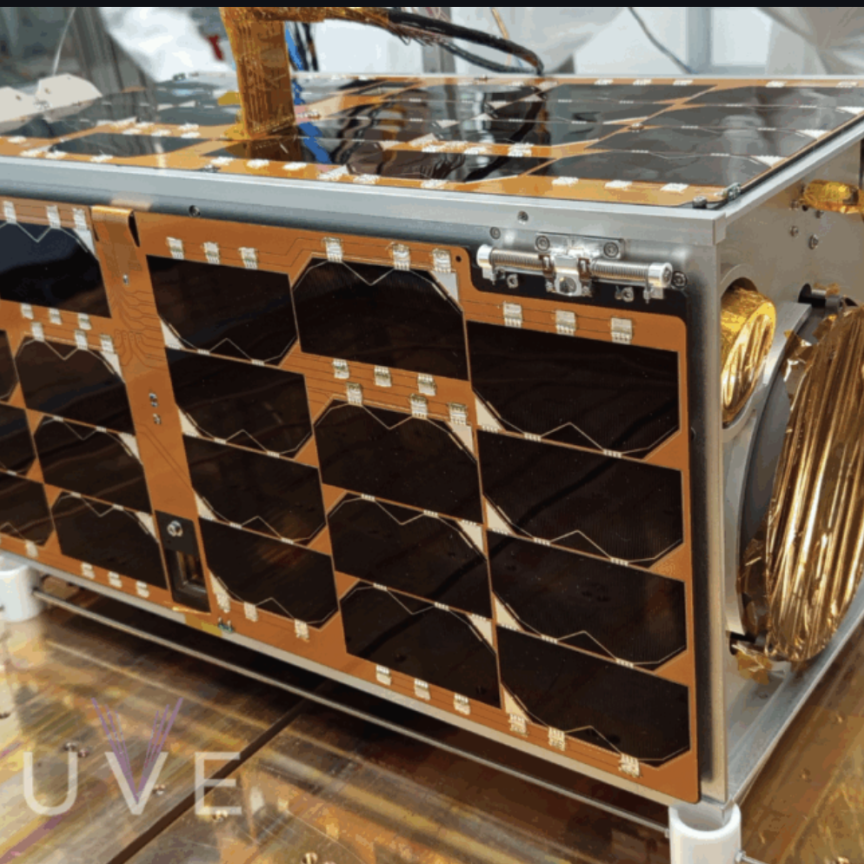As Electro Optics turns 50 in 2018, experts across industry and academia review the current state of the photonics industry and highlight what needs to happen for the field to prosper over the next five decades
The spectroscopy market is headed towards chip-sized devices and automated production; however, skilled workers are crucial for enabling this, says Benno Oderkerk, director and founder of Avantes
How does spectroscopy differ now to your predictions when Avantes first formed?
When we started the company 23 years ago (1994), because of my background in sensor technology I believed that, in the end, a spectrometer would be nothing other than a smart sensor.
It took over 20 years, but what you see now is that spectroscopy is becoming a very common technology being applied in many different application fields as a kind of smart sensor.
When we first entered the field of spectroscopy, spectrometers were large, benchtop laboratory instruments. Then, around 10 to 12 years ago, they became smaller, handheld devices that allowed scientists to take the lab to the sample. At first, it was a case of trying to convince – mainly the scientific world – that these portable instruments could work almost as well as the larger laboratory spectrometers. Nowadays, the questions are completely different. People want to push the technology further – for example they want to integrate spectrometers onto a tractor, or for it to be robust enough to work in an automotive production environment.
So, it took quite a while for the handheld technology to be accepted. Then it took another period of time before spectroscopy was accepted as a ‘smart sensor’.
How has the operation of Avantes adapted to these technology developments?
For Avantes there have been huge changes. We used to build our spectrometers in a very manual way, but nowadays we are focused on automated production techniques. So, we have robotic-type systems for producing spectrometers, because we cannot get employees trained fast enough to sustain our growth. The whole production area for Avantes is completely different to what it was even three or four years ago.
In the next three or four years, the challenges will be mainly in optimising our production process to build spectrometers automatically.
What will be the most significant developments in spectroscopy?
What we already see now is what are called ‘fit for use’ devices, so tiny devices that are small enough to be integrated onto a chip. This introduces a whole new field of applications. You can imagine these kinds of sensors in wearable devices – like in a watch – or integrated into a phone.
These chips would need to be at the right price point ($5-10) in order to realise these types of devices, but then you could use them for all kinds of uses – for example health and environmental monitoring and food sensing. These kinds of applications will become available to the consumer market once spectrometers reach the right size and cost.
Will be the biggest driver for future growth?
We see three basic target markets for our large OEM customers as being the largest drivers.
One is medical applications, or critical care – for example, having a device in an ambulance that can do rapid analyses of blood and skin to monitor health. We also see a lot of applications for skin cancer screening. These kinds of devices are made by our OEM customers, and they are growing very quickly.
The second field is what we call green-tech, so the agriculture and food industry. Many applications we see nowadays are related to monitoring how fertiliser is applied to crops. Spectroscopy plays a very big role here.
Finally, we have the clean-tech sector, which is the process industry – such as semiconductor, glass and coating industries, where online monitoring is the main driver for growth.
So we see these three different markets as our biggest drivers for growth. It’s very widespread.
What are the biggest challenges facing the photonics industry?
A major challenge is to find technically skilled people. We at Avantes are struggling with this, but many of my colleagues are also screaming out for skilled personnel. We are a very innovative industry, so we need people with a technical background. Nowadays, we train staff ourselves in our company, but we would like to have more educational opportunities for young people to learn about photonics. That’s very important for our industry to grow.
And, what we need is the basic skills. We don’t need people as much who can write an app, but that can programme an electronics board at a low level. A lot of youngsters, when they think of programming, they think of making apps – but we need people who can write code in bits and bytes. I find that young people are looking for sexy jobs, but sometimes what is required is just hard engineering work.
How could this issue be improved?
I think it comes down to education, so there needs to be, within Europe, a lot of educational programmes that support photonics. I think the EU is already aware of that – there is now more education focus in the field of photonics. It’s a similar case to the need for electronic engineers 20 years ago – now photonics engineers are very important.
We see that a lot of applications are putting photonics on a chip (integrated photonics). However, if you want to build a chip with integrated photonics elements you need to study the core photonics principles first, and for this you need the right education. This is slowly coming, but it’s not fast enough to fulfil the current industry need.
But overall, I think photonics has a great future – I think all of us can be proud to contribute to a better world where people live longer, healthier lives and can protect the environment for future generations.


